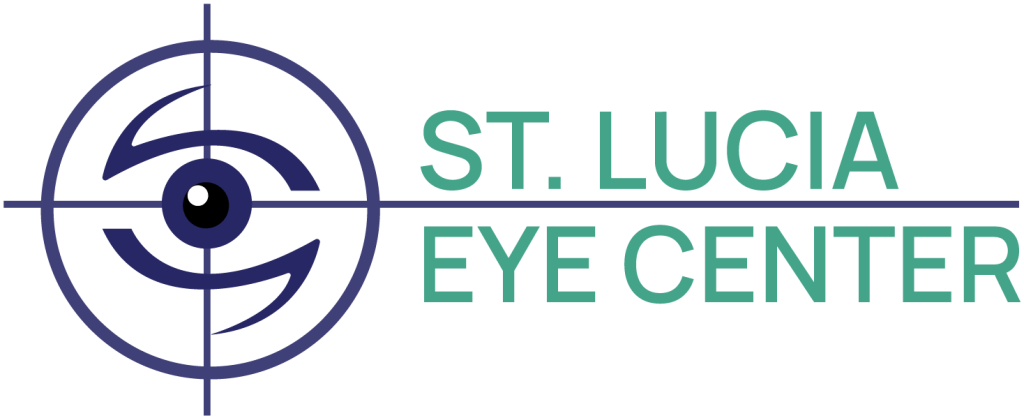Home
Why Choose Us
Meet Our Doctors
Procedures
Cataract Procedures
Refractive Procedures
Cosmetic Procedures
Diabetes Eye Management
Pterygium Procedure
Other Procedures
Testimonials
Media
Cataract Procedures
Cataract Surgery
Cataract surgery is a procedure that replaces a cloudy lens in the eye with a clear artificial lens. It's the most common surgical procedure in the world.
Advanced Cataract Surgery
Advanced cataract surgery is a modern procedure that replaces a clouded natural lens with an intraocular lens (IOL). Using laser-assisted techniques.
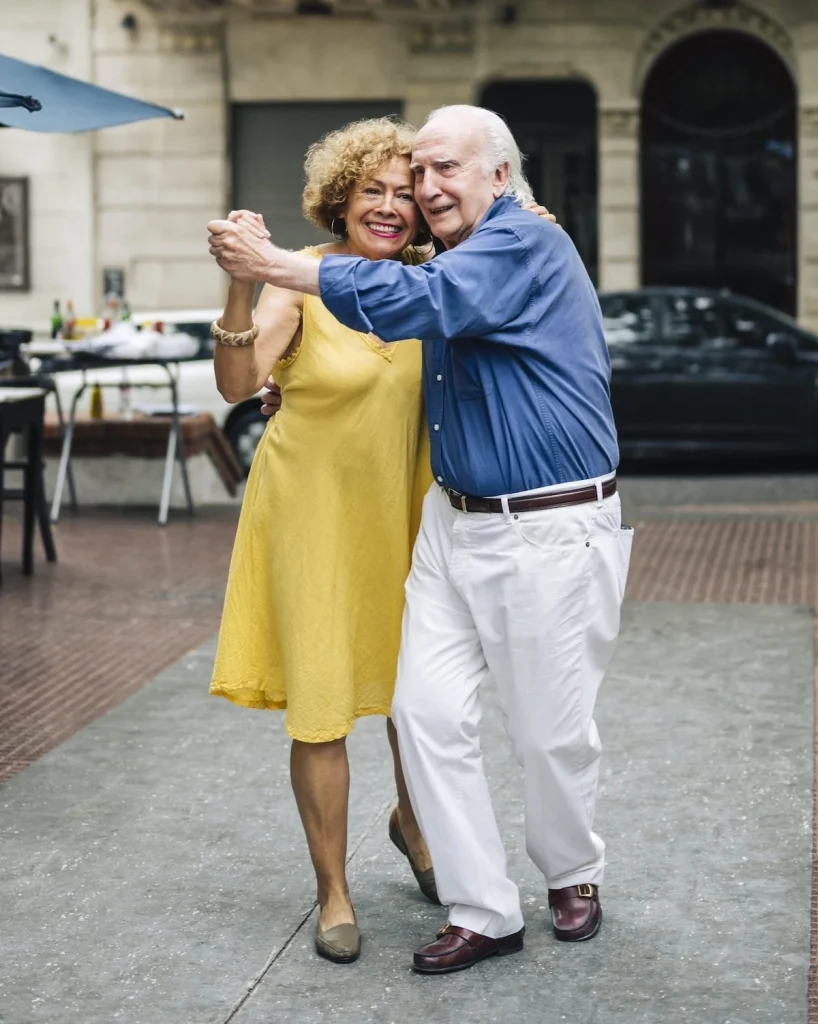
Refractive Procedures

Cosmetic Procedures

Diabetes Eye Management

Other Procedures


Learn more

Learn more
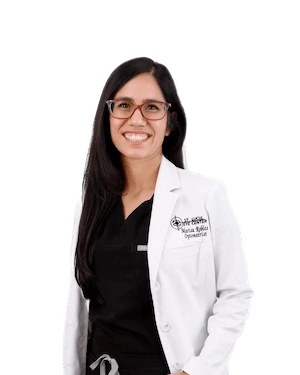
Learn more
Providing Exceptional
Eye Care in Los Angeles
When Your Eyesight is at its Best, Everything Becomes Clearer — Literally and Figuratively.

PRK
PRK (Photorefractive Keratectomy) is a safe and effective laser eye surgery that helps patients achieve clearer vision and freedom from glasses or contact lenses.
Unlike LASIK, PRK reshapes the cornea by removing the thin outer layer of the cornea, which then regenerates over a few days. As a result, patients who have dry eyes or thin corneas elect to have this type of refractive surgery.
What You Need to Know
Dr. Carlos Montoya M.D., a highly skilled and experienced eye surgeon, thoroughly evaluates each candidate to determine the best treatment plan for optimal results.
St. Lucia Eye Center is Dedicated to Helping Patients Achieve Life-Changing Visual Clarity and Freedom From Glasses or Contact Lenses
Benefits
- Offers a great alternative for patients with thin corneas
- Provides long-term vision correction
- Does not involve creating a corneal flap
- Ideal for active lifestyles
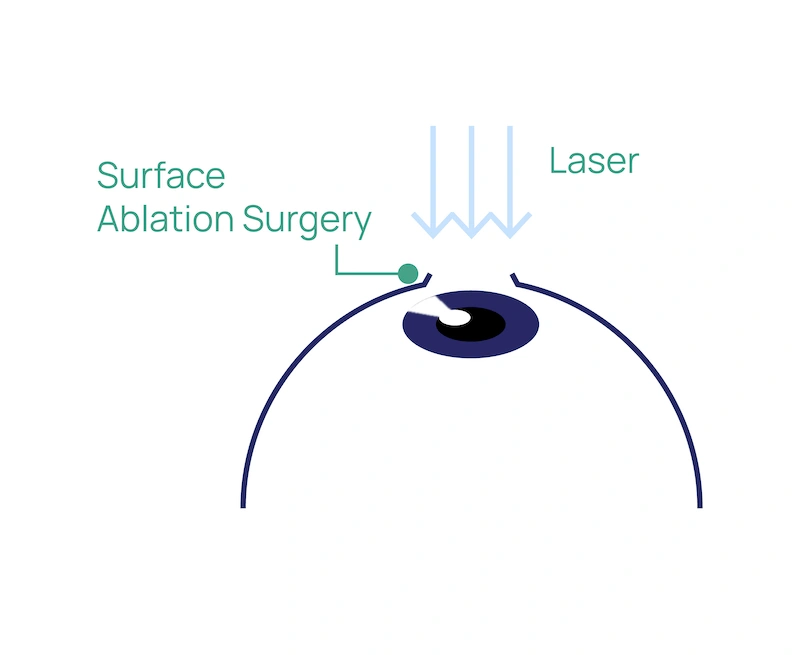
What is PRK?
PRK is a laser eye surgery that corrects refractive errors such as nearsightedness, farsightedness, and astigmatism. Unlike LASIK, it reshapes the cornea by removing its thin outer layer, which regenerates within a few days.
Symptoms
- Blurred or hazy vision
- Difficulty seeing at night
- Dependence on glasses or contact lenses
PRK can help patients who struggle with vision issues that glasses or contacts cannot adequately correct.
Symptoms
- Blurred or hazy vision
- Difficulty seeing at night
- Dependence on glasses or contact lenses
PRK can help patients who struggle with vision issues that glasses or contacts cannot adequately correct.
Causes of Refractive Errors
Nearsightedness (Myopia)
The eye is too long or the cornea is too curved, causing distant objects to appear blurry.
Farsightedness (Hyperopia)
The eye is too short, or the cornea is too flat, which causes near objects to appear blurry.
Astigmatism
The cornea or lens is irregularly shaped, leading to blurred or distorted vision.
Thin Corneas
Patients with corneas that are too thin for LASIK may benefit from PRK, as it does not require the creation of a corneal flap.
Pre-existing Eye Conditions
PRK is often recommended for patients with conditions such as dry eyes, thin corneas, or those who engage in contact sports, instead of LASIK.
Active Lifestyles
For individuals with an active lifestyle, PRK provides a reliable option due to less risk of complications.

We Believe That Everyone Deserves to Enjoy Life With Clear Vision
Dr. Montoya will evaluate your eyes individually to see if you are a good candidate for the procedure.
What to Expect From Your Consultation
During your consultation, we run several diagnostic tests to ensure your eyes are healthy and your cornea is suitable for surgery in terms of thickness, shape, and overall condition.
Comprehensive Eye Exam
We perform a detailed assessment to evaluate your cornea's thickness, shape, and overall condition to ensure that your eyes are suitable for surgery.
Health History Review
We take a complete health history, including any medications you are taking, to determine if you are a candidate for PRK surgery.
Corneal Mapping
By using advanced imaging technology, we map the corneal surface to assess its shape and thickness, helping us determine its suitability for PRK.
The results of these tests are crucial, helping Dr. Montoya assess your suitability for PRK and ensure the best possible outcome. According to this information, he can develop a personalized treatment plan that addresses your specific needs.
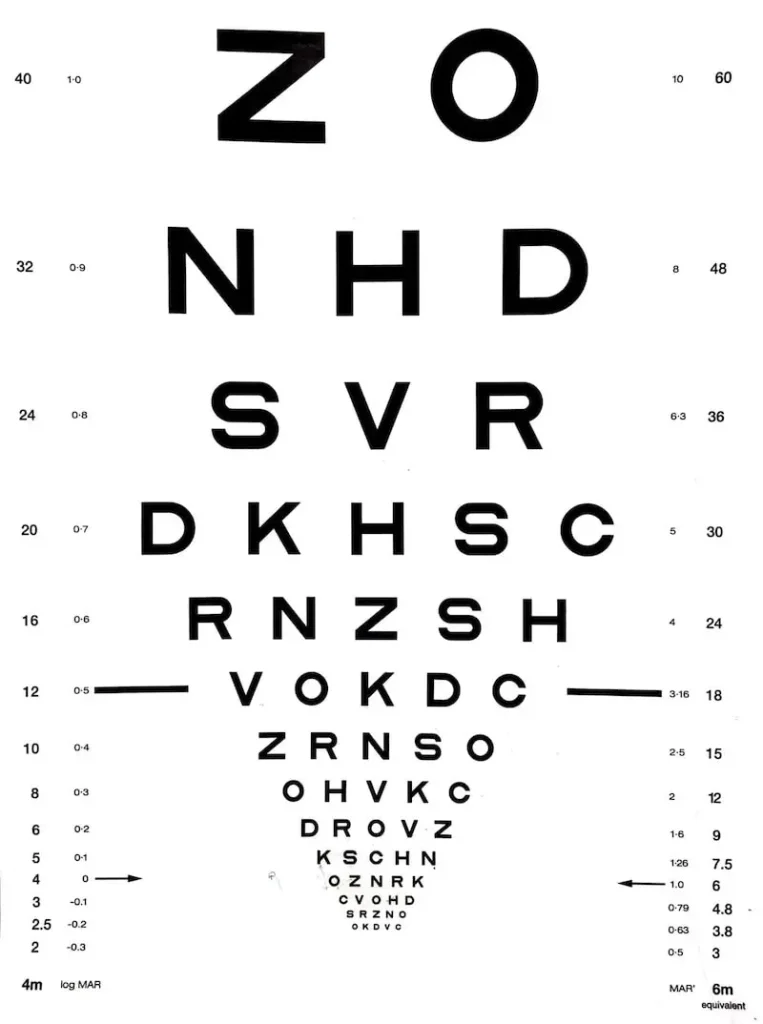
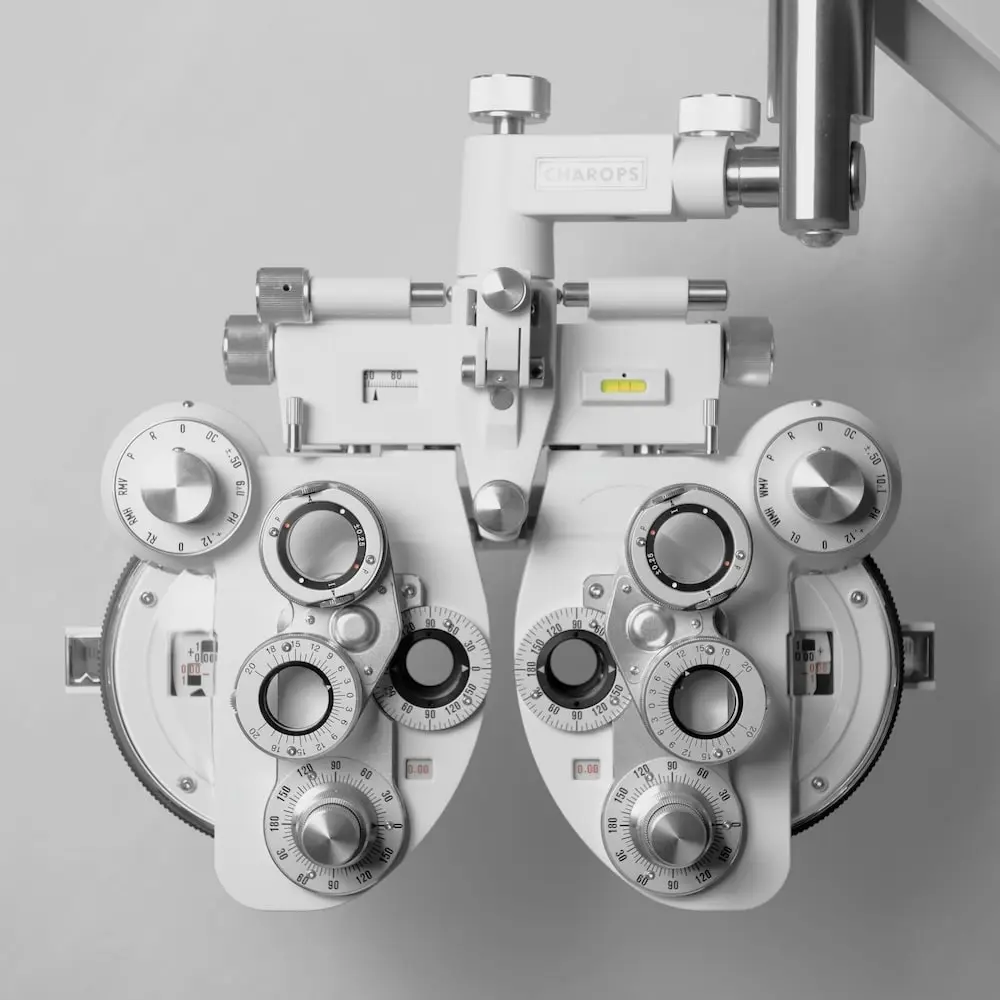
When Do You Need PRK Surgery?
While the recovery period for PRK may take slightly longer than that of LASIK, it offers equally excellent visual outcomes and long-term results. This procedure is especially beneficial for individuals with thinner corneas or those with certain eye conditions that make them less suitable candidates for LASIK.
Are you a Candidate?
- Individuals aged 18 and older with stable vision for at least one year
- Patients with thinner corneas
- Patients who are not candidates for LASIK
Timing
Early evaluation and treatment can lead to improved outcomes and quicker recovery.
Driving Requirements
Arrange for transportation on the day of surgery, as you won't be able to drive immediately after the procedure.
Scheduling
Plan for a few days of downtime post-surgery for the cornea to heal.
PRK can be customized to suit individual patient needs.
Types of PRK Procedures
Advanced PRK techniques offer enhanced safety and faster recovery than other alternatives.
TransPRK
A no-touch technique that eliminates the need for manual scraping of the cornea.
Alcohol-Assisted PRK
Uses a mild alcohol solution to loosen the corneal surface for removal.
Custom PRK
Tailored to correct higher-order aberrations.
